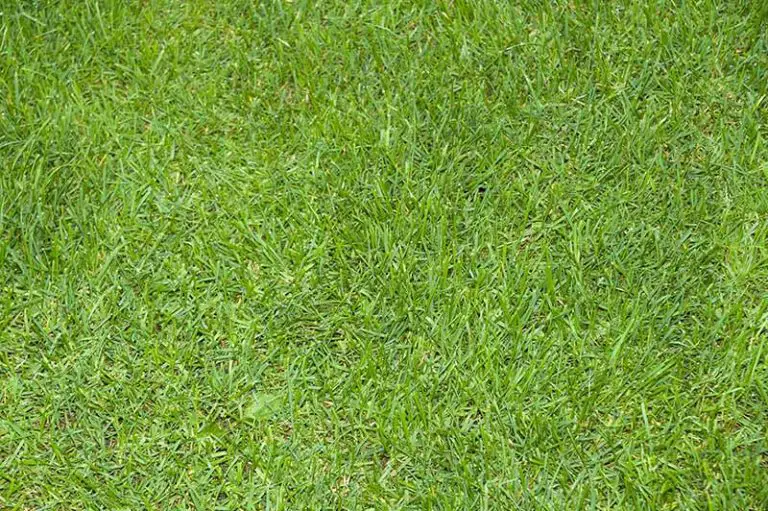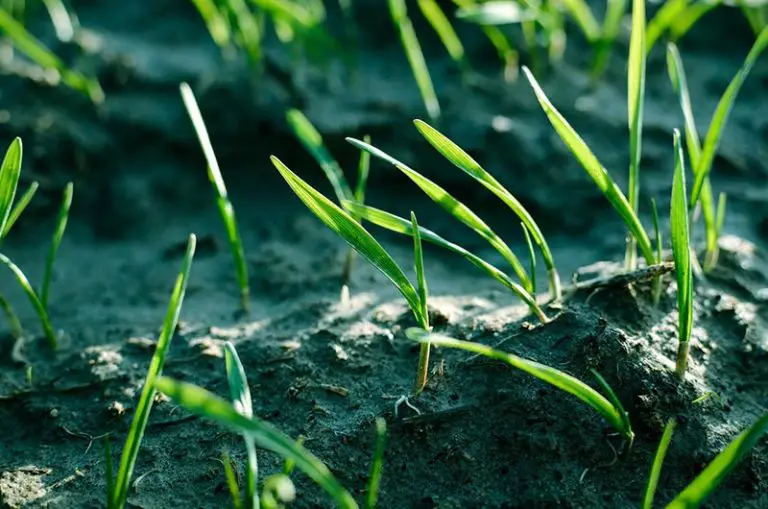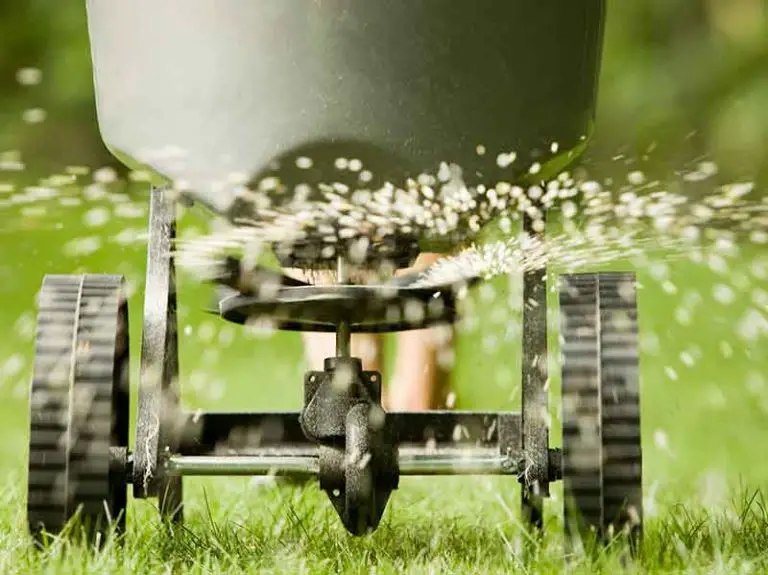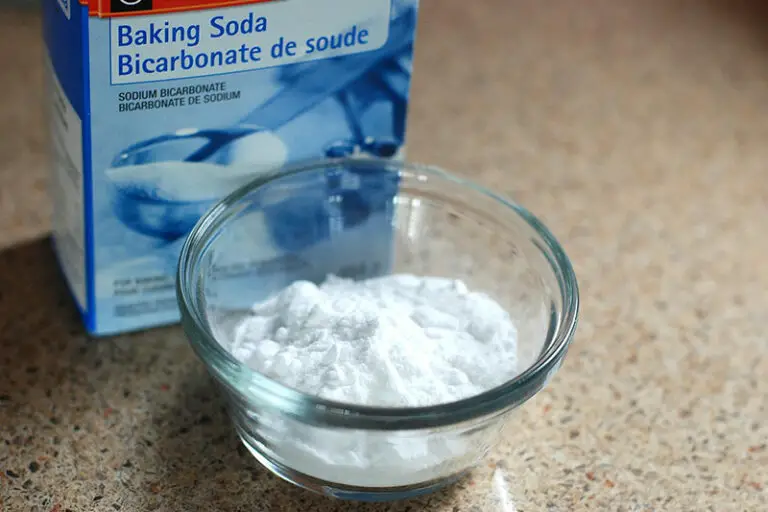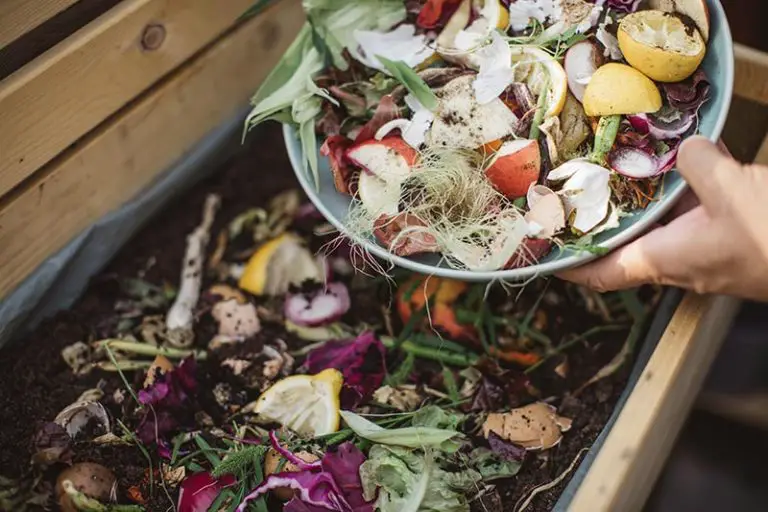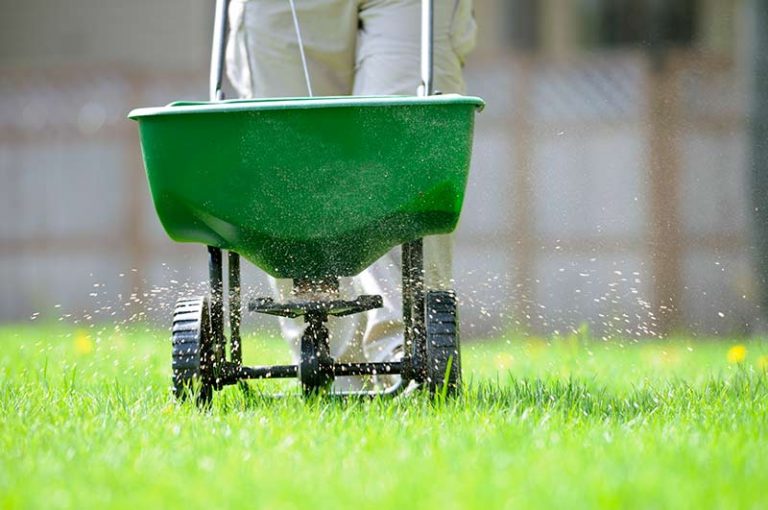Pet Safe Lawn Fertilizer: How to Avoid Harmful Chemicals
When it comes to lawn fertilizer, there are many different brands and compounds which are used to make different types of lawns healthy and green. All of these different lawn fertilizer options can become confusing, especially when it comes to those of us who own pets. Whilst some brands boast that they are safe after 12 hours of being laid, some require longer before it is safe for your pet to interact with.
If unsure, the safest lawn fertilizers to use in order to avoid harming your pet are ones which contain natural ingredients. These fertilizers can often be homemade or bought in specialist markets. Store-bought, commercially prepared law fertilizers will also have instructions listed in order to protect pets. To ensure safety, these instructions need to be followed extremely closely.
Is Lawn Fertilizer Safe for Dogs?
When buying lawn fertilizers, it’s important to read the instructions and any cautions it may have explicitly written on its packaging. This will allow you to assess whether or not the fertilizer is suitable for your pet or whether you will be able to follow the guidance correctly. Most lawn fertilizers require a set amount of time to be absorbed by the lawn, meaning that pets cannot walk through it safely until the time is up. This can range from anywhere between 12 hours to 48 hours, depending on the fertilizer and the type of grass it is being used on.
Why Should I Use a Pet-Safe Fertilizer?
Pet-safe fertilizers are generally better for all wildlife due to its lack of harsh chemicals which have the potential to harm wild animals in addition to pets. Birds, hedgehogs, and even larger animals like deer may come into contact with your lawn on a regular basis, and have the potential to be harmed by chemical fertilizer if enough contact is retained.
When purchasing fertilizer, the ingredients that need to be watched for are pesticides and snail bait. These are the biggest culprits when it comes to illness or harm to dogs, especially if your dog eats grass or things out of the grass.
Ingestion of these substances can lead to some nasty illness in dogs, including:
- Vomiting
- Muscle Spasms
- Tremors
- Diarrhea
- Swelling
- Seizures
These symptoms may pass immediately or could persist, which is a sign of chemical poisoning which may need to be urgently addressed by a trip to a veterinarian.
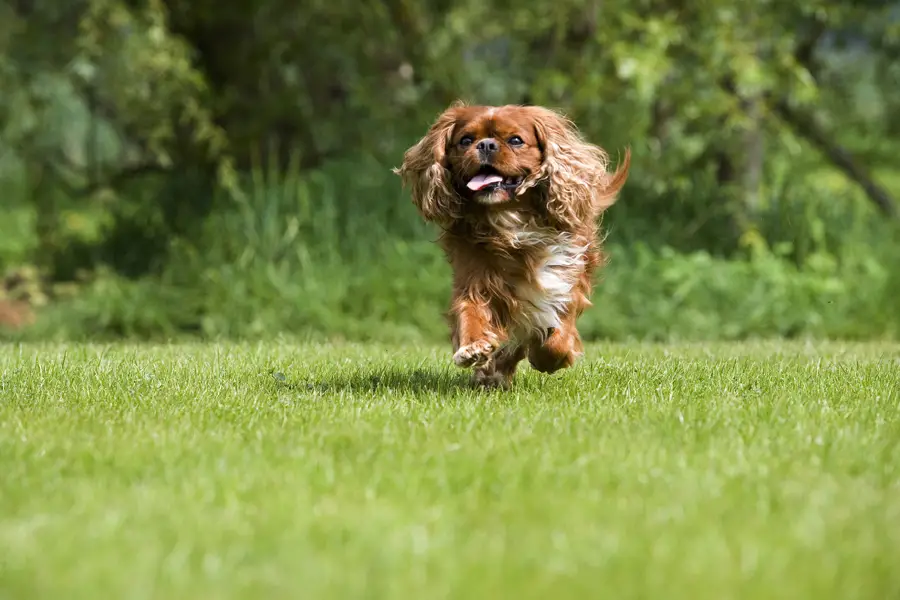
Types of Pet-Safe Fertilizer
When it comes to finding pet-safe alternatives for lawn fertilizers, there are a few types that can be particularly easy to source.
Fish Emulsion
Fish emulsion is often a component found in organic fertilizer. This compound is rich in nitrogen and is perfect for helping grass grow. It may, however, be too pet friendly as the smell can be often inviting for dogs, who may attempt to dig up the lawn if they begin to trail it. Fish emulsion, like most compounds high in nitrogen, can be damaging to the lawn if used too liberally.
Seaweed
Seaweed, like fish emulsion, is high in nitrogen. Whilst it may be somewhat harder to source, this compound can be purchased as a ground-up substance, or as a spray-on liquid.
Grass Clippings
Crass clippings, or mulch, has benefits when used as a lawn fertilizer. It works similarly to compost. One way of using grass clippings is to simply leave them on the lawn after mowing. In order to do this, make sure to mow your lawn more often, to ensure that the clippings are short.
Manure
By composting manure for a while beforehand can reduce the smell that it may produce. Similarly to fish emulsion, the smell of manure could attract dogs which may attempt to eat it or roll around in it.
Bone Meal and Blood Meal
Bone meal and blood meal are also natural products, and work similarly to manure. However, due to their nature, dogs may be attracted to the smell and taste of bone and blood meal, or they may attempt to roll about in it.
Compost
Composting has many different benefits when it comes to lawn care, and it is also environmentally friendly. It is easy and cheap to make, but may take a lot to be able to provide enough nitrogen to fertilize your lawn adequately.
Composting is easy, inexpensive and safe to do. Knowing how to compost is useful knowledge for any garden owner.
Buying Pet-Safe Lawn Fertilizer
Some pet-safe lawn fertilizers can be bought off the shelves in supermarkets or online for a similar cost of regular lawn fertilizer.
Westland’s lawn and turf compost is a great alternative to other non-pet friendly fertilisers on the market. Actively advertised as pet-friendly, Westland’s lawn and turf is ideal for any pet owner’s lawns. Its natural composition may leave it on the more expensive end of products, but it is ideal for those who are looking to purchase pre-mixed fertilizer that is fully organic and ideal for pet owners.
Is Weed and Feed Safe for Pets?
Weed and Feed is a phrase that refers to a compound which contains both fertilizer and herbicides which is used to feed the lawn whilst killing invasive weeds. Due to the presence of herbicides within weed and feed, it’s generally not safe for pets to come into contact with until it has been fully absorbed by the lawn. This means following the packet’s instructions and waiting until it is safe to let your pets roam on it. This could be anywhere from 12-48 hours depending on the brand, weather, and packet instructions.
Pet-Safe Alternatives for Weed and Feed
Weed and feed does not have any distinct pet-safe alternatives but some can be made using simple ingredients such as vinegar.
Weed and feed can be swapped out for a different weed killer, which may be pet-safe. One example of this is Green Gobbler, which is a pet-safe product which uses vinegar to kill garden weeds.
- CERTIFIED FOR ORGANIC USE — Completely eliminates and desiccates weeds and grasses without using toxic chemicals. Made straight from corn grown in the USA. OMRI listed weed killer and certified for organic use.
- KILLS WEEDS FAST — Eliminate any type of weed in just a matter of hours. Expect full desiccation in less than 24 hours. Green Gobbler contains 20% acetic acid. Use on crabgrass, dandelions, clover weeds, white clover, moss, etc. Works best for weeds exposed to direct sunlight.
- POWERFUL FORMULA — NO cancer-causing chemicals. Glyphosate-free. 20% formula is four times stronger than traditional table vinegar. Made strictly from ethanol distilled from corn grain.
- SAFE TO USE ANYWHERE — Perfect for agricultural use only. Apply where weeds and grasses are not desired. Use on driveways, sidewalks, concrete, mulch beds, pavers, flower beds, parking lots, farmlands, barns, etc. Ready to use right out the container.
- This Product is Not Available for Sale in CA
Sometimes more lawn care is needed for those who own pet dogs. This is because dogs can be destructive to the lawn and can damage it with their urine. Knowing how to grow grass with dogs can save you a lot of misery regarding lawn care woes in the future.
How to Keep Your Dog off the Grass
If finding a pet-safe fertilizer isn’t an option, there are ways to keep your dog off of the grass whilst waiting for the fertilizer to be absorbed.
Keep them Indoors
Whilst this is the obvious option, it may not always be the best. If your dog is used to spending time inside, make sure they stay inside until the grass fertilizer has done its job. Whilst dogs will want to leave the house to urinate and defecate, you could use puppy pads as a replacement until the lawn is ready to be used again. Not all dogs are used to spending time inside, so it’s important to have other options available in this case
Take them on a Walk
Taking a dog on a walk will exercise them and give them somewhere to urinate that isn’t on your lawn. It will also wear them out, making them less bouncy or hyperactive when in the house.
Keep them in a Kennel or Crate
Crate training is a valid way of keeping your dog contained, whether it be during stressful situations or for their own safety. Whilst this method is best used for dogs who do not live inside and cannot come inside, it will keep them off the grass, enabling the fertilizer to be absorbed. Make sure to let them out at the earliest possible time, and do not let your dog stay locked up for a moment longer than they should have to. Make sure they also have adequate food and water during this period, and make sure that they are warm enough.
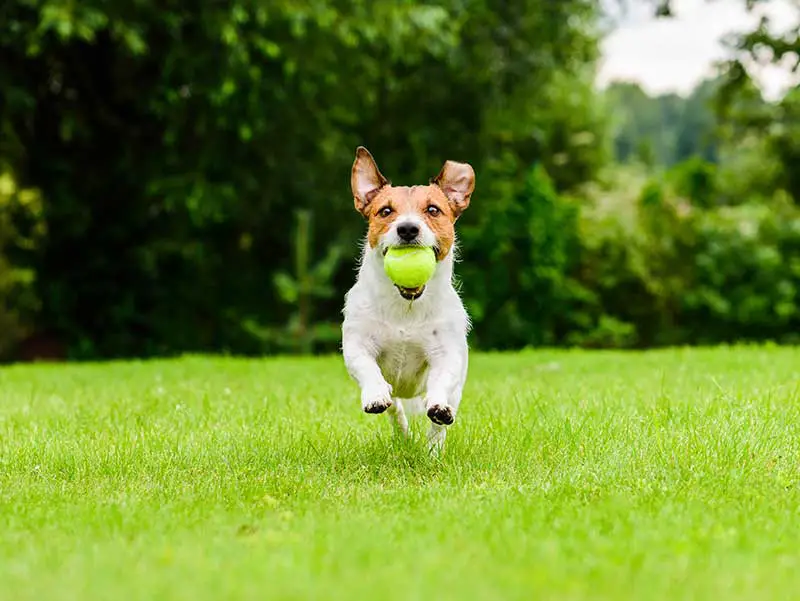
Other Dangers in the Garden
Pets can come into contact with all sorts of different chemicals or dangerous plants whilst in the lawn. It’s always important to ensure that anything that could cause complications isn’t present in the lawn, and that your pet should be watched whenever possible. Amongst certain lawn fertilizers, one must also be on the lookout for lawn lime, fungi and other lawn diseases such as lawn rust which may impact their health, either through ingestion or through touch.
Final Thoughts
When it comes to pet-safe fertilizer, there are plenty of options available to try out. Whilst some may be counterproductive and may lead to dogs digging or rolling about in it, you can rest assured it will not lead to any serious health issues or chemical poisoning in your pet.



